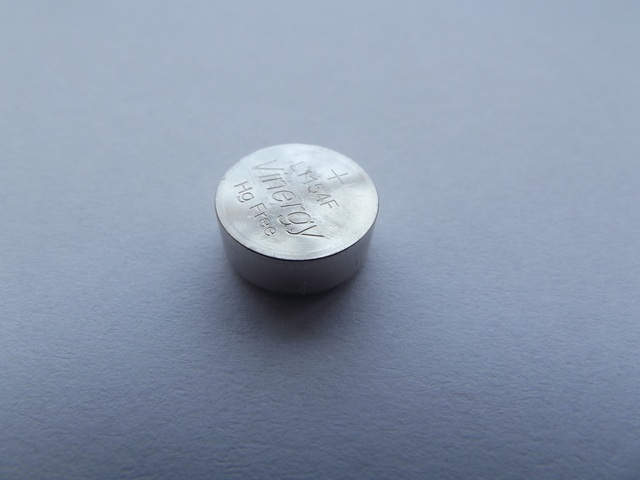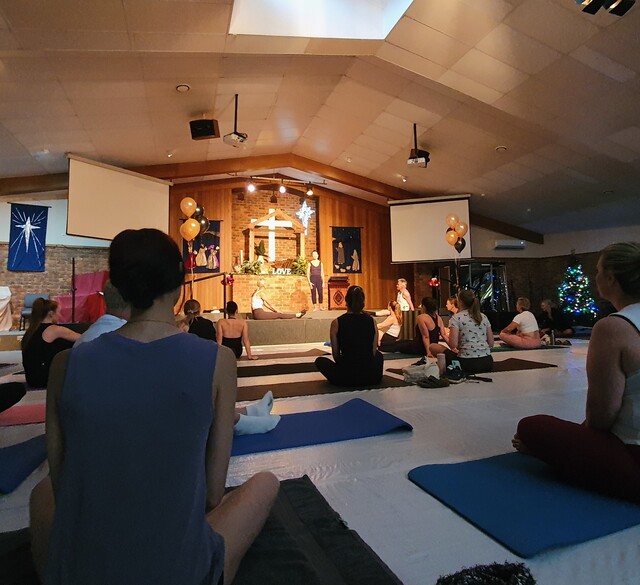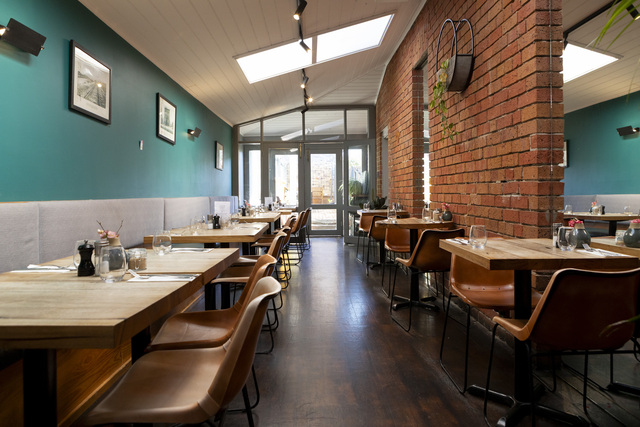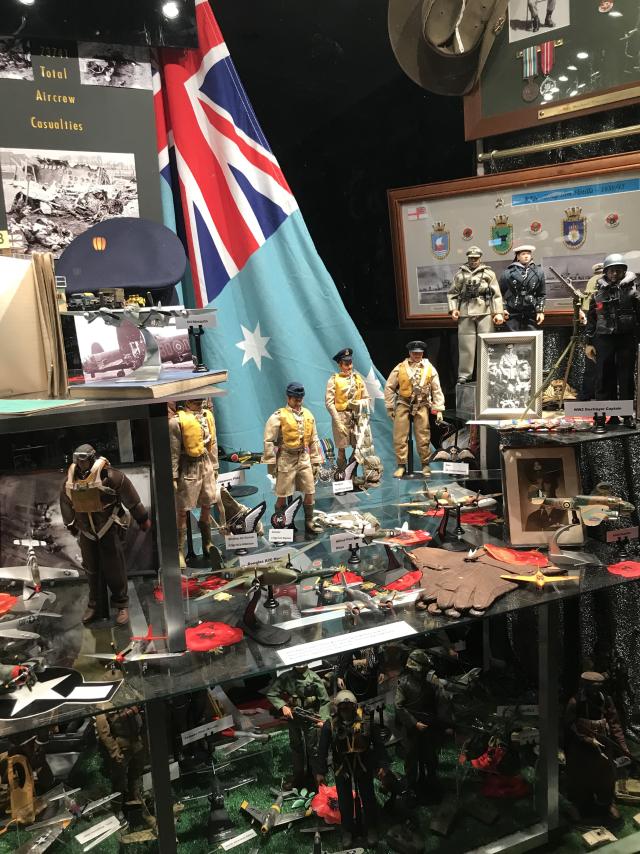By Kath Gannaway
YARRA Valley Tourist Railway Society has started work on the bridges between Healesville and Yarra Glen ahead of a study into the feasibility of an ultra light rail to run between Lilydale and Healesville.
YVTRS vice-president Brett Morton said the society’s first goal is to get a train running to the tunnel and back with a grand goal of running a train to Lilydale.
Repairs to the four timber bridges between Healesville and the tunnel four kilometres along the track were started in April.
The Shire of Yarra Ranges last year gave its support for the redevelopment of the rail corridor as a tourist railway and a shared trail in three stages and is currently in the process of setting up a steering committee to oversee the project.
They also agreed to support a feasibility study into the potential of an ultra light rail service between Lilydale and Healesville.
The shire’s support for the joint-use model follows its endorsement of the recommendations contained in a report by SKM Consultants in which one of the key issues was, as it has always been, that the use of the rail corridor for anything other than a railway was fundamentally constrained by its status as a gazetted railway.
The track is owned and controlled by VicTrack (on behalf of the Victorian Government), who have said they intend to retain the corridor for railway purposes.
YVTRS has a lease over the Healesville-Yarra Glen section of the line to operate a tourist railway.
The redevelopment of the rail corridor as a tourist railway and shared trail is proposed in three stages over five years at a total cost of $20 million. Stage one would be the tourist railway between Healesville and Yarra Glen and construction of a shared trail between Lilydale and Yarra Glen. Stage two would see the tourist railway extended to run between Yarra Glen and Lilydale and stage three is the construction of a shared trail between Yarra Glen and Healesville.
In the meantime, Healesville resident Ray Donkin, a long-time proponent of the rail-trail option, has labelled the dual operation as a “fanciful dream” and cautioned the shire against putting ratepayers money into what he predicted would become a bottomless pit. “It all sounds wonderful but I think the costs have been severely underestimated,” he said.
Mr Donkin said while he would be in favour of retaining the line if it meant the return of a fully operational public rail transport system, the cost to ratepayers and taxpayers had to be considered.
“At what point do you look at these things from the point of view of being financially responsible as taxpayers,” he said.
For the shire’s part, they have said their role will be to source funding for the project.
Although the shire would not be responsible for constructing or operating the project, Cr Heenan said it would play a leading role in sourcing funding from the state and federal governments, and from the private sector.
Mr Morton stands by the society’s claim that a tourist railway is viable and achievable.
“We’re probably $100,000 away from opening the line up to trains between Healesville and the tunnel and our turnover is going up every year, we’re ahead of last year’s financial year turnover already,” he said.
Railway work on track
Digital Editions
-
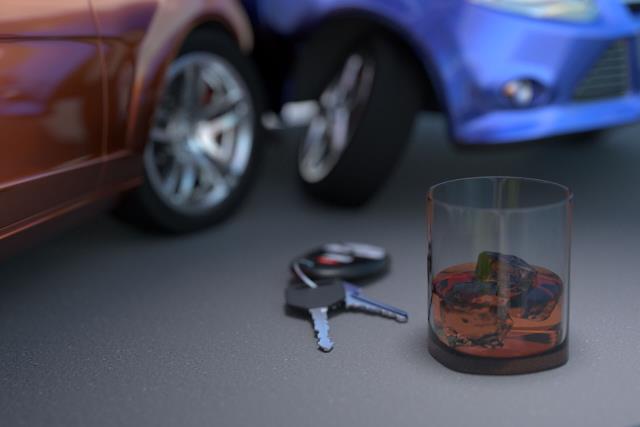
TAC and Victoria Police launch new road safety campaign
A new campaign launched by the Transport Accident Commission (TAC) and Victoria Police highlights the risks of speeding and drink driving, and the critical role…


